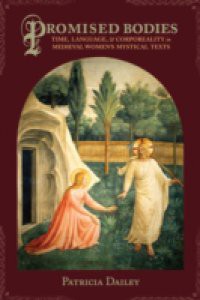In Christianity, the body is a potentially transformative vehicle, and the writings of Hadewijch of Brabant, a thirteenth-century beguine, engage with this tradition in ways both singular to her mysticism and indicative of her theological milieu. This study links the embodied poetics of Hadewijch's visions and letters to the work of such mystics and visionaries as Julian of Norwich, Hildegard of Bingen, and Marguerite of Oingt. It introduces new criteria for re-assessing the style, language, interpretative practices, forms of literacy, and uses of textuality in women's mystical texts.

